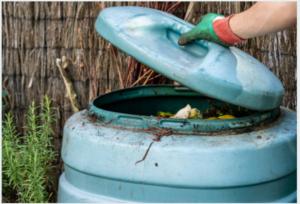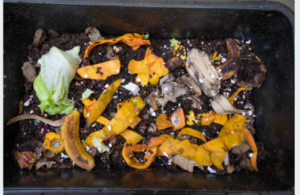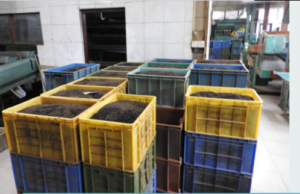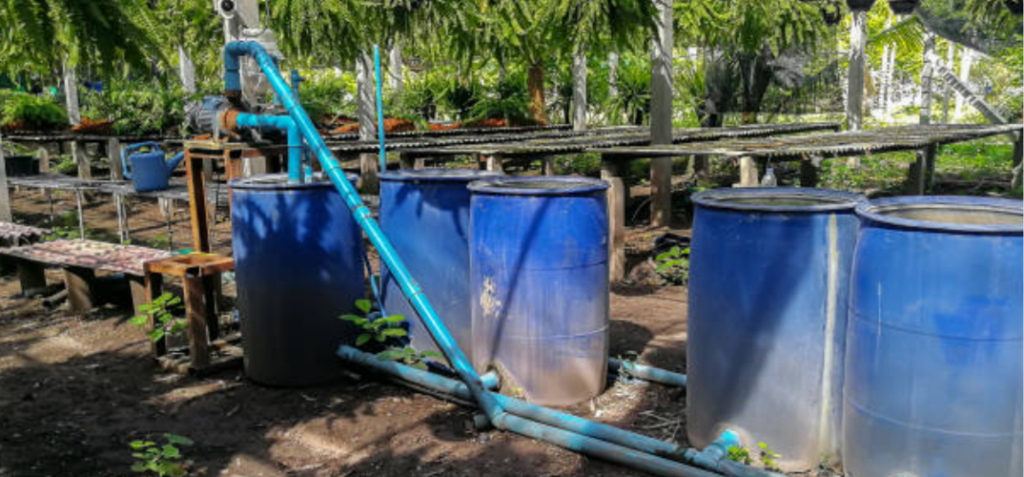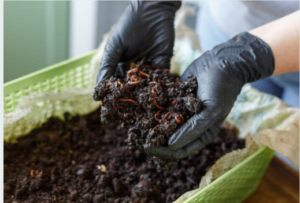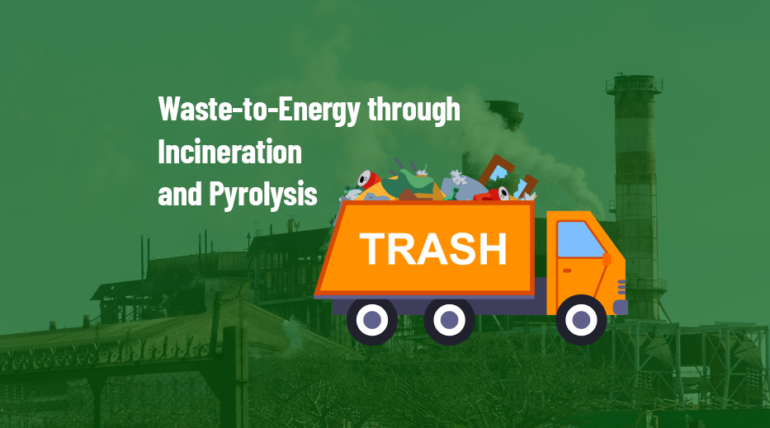Driving Responsible Product Disposal and Environmental Sustainability
EPR stands for Extended Producer Responsibility, which is a policy framework that makes producers responsible for managing the end-of-life disposal of their products. The objective of EPR is to ensure that the producers take responsibility for managing the environmental impact of their products, including the waste generated by their products.
In the Indian scenario, EPR has been implemented for several products such as e-waste, plastic waste, and hazardous waste. The E-waste (Management) Rules, 2016, requires producers of electrical and electronic equipment (EEE) to collect and manage e-waste generated by their products. Similarly, the Plastic Waste Management Rules, 2016, requires producers of plastic products to take measures for collecting, segregating, and disposing of the plastic waste generated by their products.
The implementation of EPR in India has helped in reducing the environmental impact of products and has also led to the development of a recycling industry. However, there are still challenges in the effective implementation of EPR, such as the lack of infrastructure for the collection and disposal of waste, lack of awareness among consumers, and the need for more stringent regulations to ensure compliance
In India, EPR policy implementation is at different stages for different types of waste.
Current targets and implementation stages for specific types of waste:
E-waste:
The E-waste (Management) Rules, 2016, make producers responsible for the collection and management of e-waste generated by their products. The e-waste (Management) Rules, 2016, also cover the management of CFL and other mercury-containing lamps.
Reading Material: Policy Guidelines on e-Waste
Plastic waste
The Plastic Waste Management Rules, 2016, require producers of plastic products to take measures for collecting, segregating, and disposing of the plastic waste generated by their products.
Reading Material: Policy Guidelines on Plastic Waste
Batteries:
The Batteries (Management and Handling) Rules, 2001, require battery manufacturers and importers to take responsibility for the collection and disposal of their waste batteries.
Reading Material: Policy Guidelines on Battery Waste
Hazardous waste
The Hazardous and Other Wastes (Management and Transboundary Movement) Rules, 2016, require the producers of hazardous waste to take responsibility for the safe disposal of their waste.
Reading Material: Policy Guidelines on Hazardous Waste
Extended Producer Responsibility Policies on Specific Types of Waste
Electronic Waste (E-waste):
The EPR policy for e-waste in India is regulated by the Ministry of Environment, Forest and Climate Change (MoEFCC) under the E-Waste (Management) Rules, 2016. The EPR targets for e-waste management have been set by the Central Pollution Control Board (CPCB) for the following categories:
- Producers of electronic goods such as TVs, refrigerators, washing machines, air conditioners, etc.
- Producers of electronic components such as chips, resistors, capacitors, etc.
- Bulk consumers of electronic goods such as government departments, public sector undertakings, etc.
Currently, there are over 100 companies in India that have implemented EPR policies for e-waste, including Dell, HP, Lenovo, Apple, Samsung, LG, etc. These companies have tie-ups with authorized e-waste recyclers to collect and dispose of their e-waste.
Plastic Waste:
The EPR policy for plastic waste in India is regulated by the MoEFCC under the Plastic Waste Management Rules, 2016. The EPR targets for plastic waste management have been set by the CPCB for the following categories:
- Producers of plastic packaging waste.
- Producers of multi-layered plastic (MLP) products.
- Brand owners who use plastic packaging for their products.
Currently, there are several companies in India that have implemented EPR policies for plastic waste, including Coca-Cola, PepsiCo, Nestle, Unilever, etc. These companies have tie-ups with authorized recyclers to collect and dispose of their plastic waste.
Paper Waste:
The EPR policy for paper waste in India is regulated by the MoEFCC under the Solid Waste Management Rules, 2016. The EPR targets for paper waste management have been set by the CPCB for the following categories:
- Producers of paper and paperboard products.
- Brand owners who use paper and paperboard packaging for their products.
Currently, there are several companies in India that have implemented EPR policies for paper waste, including ITC, Hindustan Unilever, Nestle, Coca-Cola, etc. These companies have tie-ups with authorized recyclers to collect and dispose of their paper waste.
Key manufacturers and producers implementing EPR policy in India
Hindustan Unilever Limited (HUL):
HUL is one of the largest fast-moving consumer goods (FMCG) companies in India, with a wide range of products in the personal care, home care, and food and beverages categories. The company has committed to achieving 100% plastic waste collection and management by 2025, as part of its larger goal to become a “circular economy” business. To achieve this target, HUL has launched several initiatives, including setting up a network of plastic waste collection and recycling infrastructure, working with waste pickers and recyclers, and promoting awareness among consumers about responsible plastic waste management.
Procter & Gamble (P&G):
P&G is a multinational consumer goods company with a wide range of products in the personal care, home care, and health care categories. The company has committed to achieving 100% recyclable or reusable packaging by 2030, as part of its “Ambition 2030” sustainability goals. To achieve this target, P&G is investing in research and development to find innovative packaging solutions, working with suppliers to source more sustainable materials, and partnering with recycling companies to improve recycling infrastructure and processes.
ITC Limited:
ITC Limited is a diversified conglomerate with interests in the fast-moving consumer goods, agri-business, hotels, paperboards, and packaging industries. The company has set a target to achieve 100% plastic waste collection and management in its value chain by 2030, as part of its “Responsible and Sustainable Business” strategy. To achieve this target, ITC is investing in recycling infrastructure, promoting the use of sustainable materials in its packaging, and working with waste pickers and recyclers to promote responsible waste management.
Overall, while many of these companies have made significant progress towards their EPR targets, there is still a long way to go to achieve a truly sustainable and circular economy in India. Stronger regulatory frameworks, greater public awareness, and more effective partnerships between government, industry, and civil society will be needed to drive the necessary changes.





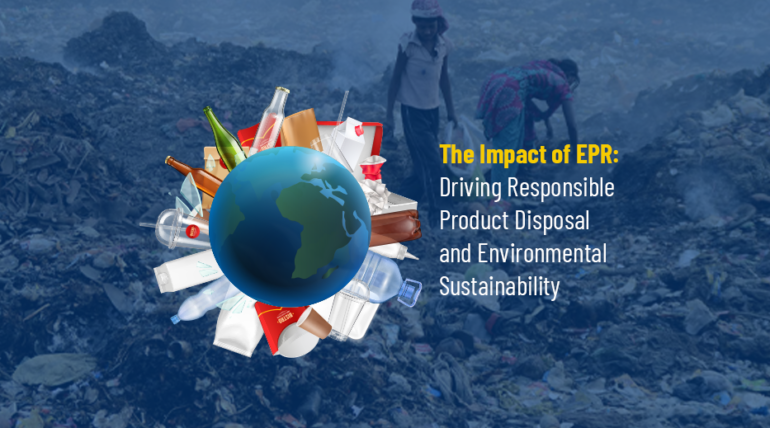
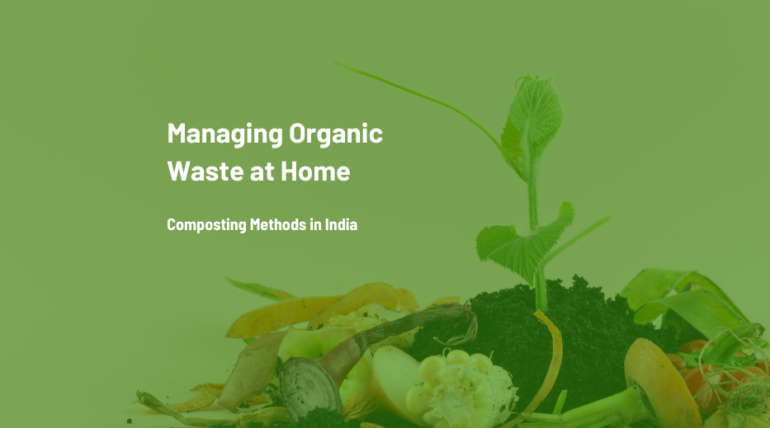
 Pit Composting Method
Pit Composting Method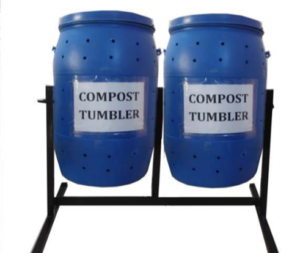
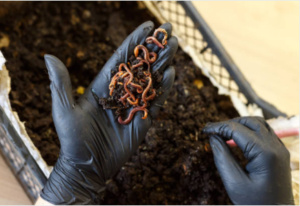 Worm Composting Method
Worm Composting Method